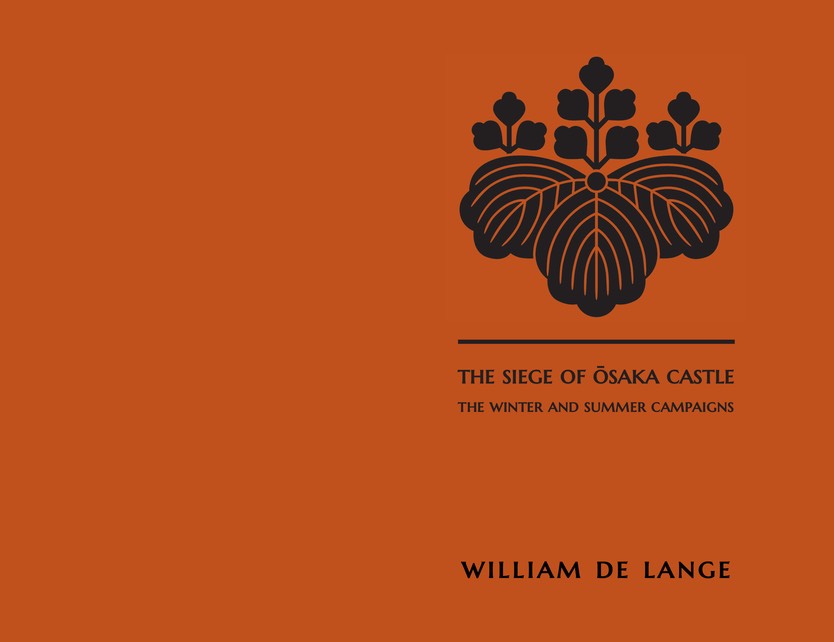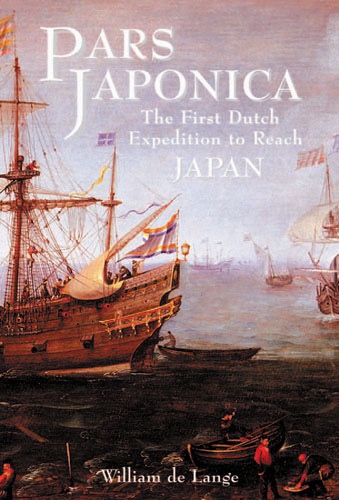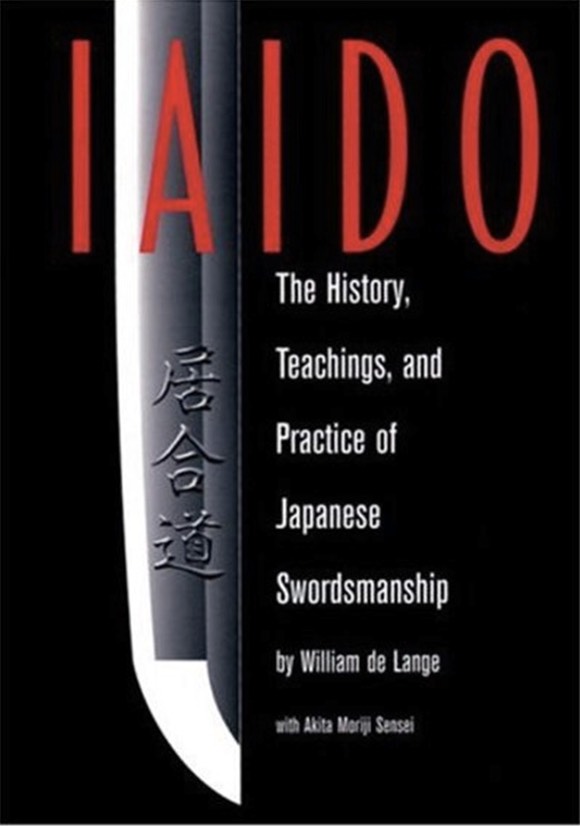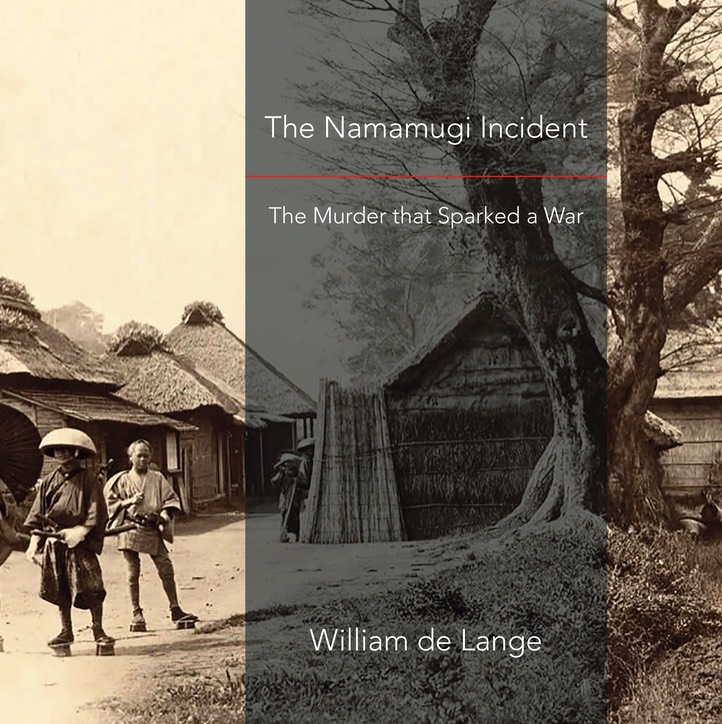The Siege of Osaka Castle: The Winter and summer Campaigns

The siege of Ōsaka Castle is the stuff of legends. In the winter of 1614 two hundred thousand warriors loyal to the House of Tokugawa gathered south of Ōsaka to lay siege to its imposing castle. Inside the castle, seventy thousand warriors loyal to the House of Toyotomi braced themselves for a siege that would evolve into two hard-fought conflicts: the Winter and Summer campaigns.
Known in Japan as the Ōsaka no Jin or the Ōsaka Battle Array, it was more than just the largest battle for Japan's biggest stronghold; it was the culmination of a nationwide movement toward the country's unification. That movement had been set in motion by Oda Nobunaga. It was continued by his general Toyotomi Hideyoshi. And it was almost completed by his ally Tokugawa Ieyasu when, in 1600, he emerged victorious from the Battle of Sekigahara.
Ieyasu's victory was not complete. Large and powerful forces still opposed the Tokugawa ascendancy. It was Toyotomi Hideyori-the young and only son of the man who had campaigned hardest to unite the realm-who threatened to undo all that hard work when, in the summer of 1614, he mobilized those forces at Ōsaka Castle. Victory in the subsequent siege not only decided which House was to rule Japan; it also meant an end to the most destructive one-and-a-half century in Japanese history, a period now known as the Warring States period.
This work explores the events that led up to the eventual standoff between the two Houses: the lingering resentments, the attempts at emasculation, the last-ditch efforts at reconciliation, and the inexorable move toward confrontation. It goes on to describe in meticulous detail the many battles of the Winter and Summer campaigns, the strategies of the commanders, their troop strengths, and it identifies most of them by name and rank.
Richly illustrated and presented in a wide, 11-by-8.5-inch landscape format, this work presents modern reconstructions as well as contemporary maps of early 17th century Ōsaka and its environs. Further detailed maps reveal the troop positions and movements during the Tokugawa raids against the Toyotomi forts during the Winter Campaign and the battles during the Summer Campaign: at Kashii, at Dōmyōji, at Wakae, at Yao, at Tennōji, and finally during the storming of the castle.
Explanatory sections provide extensive information on a variety of topics: bullion, battleships, historic sites and buildings, interesting details in old maps, as well as the biographies of the major heroes. Together with a glossary and an index, a rich resources section on the castle's history and layout, on army formations, and on heraldry makes this work a treasure trove of information on one of the most fascinating sieges in Japan's long history of warfare.
122 pp , 11 x 8.5, Hard
211 illustrations, maps, charts, notes, bibliography, index
Japanese history / Samurai
Published by Toyo Press / ISBN: 978-949-2722-386
Pars Japonica: The First Dutch Expedition to reach Japan

This is the harrowing account of arguably the most ill-fated expedition in the long maritime history of the Low Countries. At the end of the 16th century five heavily armed ships sailed from the port of Rotterdam under the command of men who had never set foot on a seagoing ship. Their plan was to sail through the treacherous Strait of Magellan and raid the western coast of Latin America as had the Englishmen Drake and Cavendish. Storms, disease, and general inexperience were to upset those ambitious plans in unexpected ways.
The terrible hardships suffered in the course of the subsequent two years became an almost biblical trial of the officers and crew—a trial the outcome of which seemed to scorn the ships’ talismanic names: Faith, Hope, Love, Fidelity, and The Gospel. Instead, treachery, betrayal, mutiny, and mayhem were the grim rewards of this fateful journey. Out of the five hundred men who sailed, only a hundred survived and only a handful of those were ever to return home.
One ship did pass the test, but not in the way its owners had foreseen. It was through the offices of an English pilot that the ship called Love reached the as yet largely unknown islands of Japan and that the outcome of an otherwise so disastrous expedition was miraculously reversed. The pilot’s name was William Adams, the near mythical yet real-life figure who became the hero of James Clavell’s best-selling novel Shogun.
288 pp , 6 x 9, Hard
17 illustrations, 21 maps and charts, notes, bibliography, index
Maritime exploration / Dutch and Japanese history
Published by FLoating World Editions / ISBN: 978-1-891640-23-0
The Namamugi Incident: The Murder that Sparked a War
On 14 September 1862, four Brits encountered the procession of the nobleman Shimazu Hisamitsu at a village called Namamugi along Japan's ancient Tōkaidō highroad. One of them, the Shanghai trader Charles Lenox Richardson, would not survive to tell the tale. Richardson's death eventually led to the Anglo-Satsuma War.
The Namamugi Incident, as it has come to be known in Japan and the West, seems to sum up perfectly the clash of cultures that attended Japan's involuntary opening up to the West. Even today, one and a half centuries after it happened, the incident holds a particular spell among the Japanese. Not a year goes by without some book, magazine, or television documentary delving into this particular episode from the closing days of Japan's feudal era. Japan's struggle to adjust to its new place in the world, its wounded sense of pride; the West's ill-conceived notions of the Orient, its imperialistic sense of superiority-all seemed to clash on that fateful sultry summer day when Charles Lenox Richardson came face to face with a Satsuma samurai named Narahara Kizaemon.
Up till now the reading of this pivotal incident in Japan's late-feudal history has been skewed either to a Western or a Japanese view of what took place, partly because of cultural and political reasons, partly because of linguistic barriers. This book is the first account in the English language to take into account all versions of what happened on that fateful day: that of the foreign settlers in Yokohama, that of the Japanese and British officials, and that of the Shimazu retainers. As a result, De Lange's careful reconstruction of events reads like a latter-day version of Akira Kurosawa's brilliant Rashomon: our view changes and our insight deepens with the telling of each party's story-except that, in this case, it all really happened.
190 pp, 8 x 8, Soft
96 b&w photos, maps, glossary, index
Japanese history
Published by TOYO PRess / ISBN: 978-9492722-270
A History of Japanese Journalism: Japan's Press Clubs, the Last Obstacle to a Mature Press
The culture and activities of the press, or press industry, in Japan are little more than a hundred years old. This study represents the first full history in the English language of Japanese journalism. It begins with the 'pre-press' period of the seventeenth century when Japan developed a tradition of 'interpreters' who conveyed information to the authorities about the outside world from the Dutch and Chinese traders confined to the port of Nagasaki during the two hundred years of the 'closed country' period, then on to the Treaty Port years of the late nineteenth century when the foreign press laid the building blocks of today's newspaper industry, the militarist period of the 1920s and 30s, through the post-war 'liberation' of the press that had evolved following the modernization of Japan which accelerated after 1868 (Meiji Restauration).
Finally, the author takes a close look at the so-called Japanese press club, the kisha club, which he refers to as a unique Japanese phenomenon— 'an institution through which the Japanese authorities exert a measure of control over the flow of news that is unparalleled in any other democratic society'. The functioning of this club, which often behaves as a closed environment, has exercised Western journalists throughout the post-war period and continues to be perceived as a disturbing contradiction in the context of a supposedly modern, democratic country.
240 pp , 6 x 9, Hard
Japanese journalism / Japanese history
Published by Routledge / ISBN: 1-87341068-9
Iaidō: The History, Teachings and Practice of Japanese Swordsmanship

For over a thousand years the sword has played a crucial role in Japanese society. Even today it remains a ubiquitous and venerated object, whether cherished as a work of art, admired as a feat of technology, or wielded in one of the many schools of fencing that have survived Japan's feudal era. This book not only explains the techniques of that era's most prominent school, it also gives the reader a fascinating insight in the history and martial ethics that underpin the modern day practice of Japanese fencing, an art known to the Japanese as Iaidō.
176 pp, 7.12 x 10.12, Soft
323 b&w photos, maps, diagrams, lineages, glossary, index
Japanese swords and swordsmanship / Japanese history / Martial arts
Published by Shambhala / ISBN: 0-8348-0500-6
